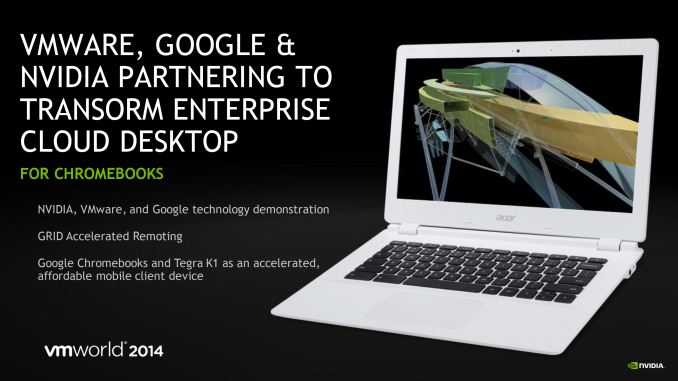A1xLLcqAgt0qc2RyMz0y
Veteran
Transcript, audio or video on Hot Chips 2014 Nvidia Denver Presentation
Does anyone have a link to a transcript, audio or video on Hot Chips 2014 Nvidia Denver Presentation that this Nvidia Denver Slide Deck came from?
https://drive.google.com/file/d/0B8m...it?usp=sharing
I sure would love to hear the actual talk that went with these slides.
EDIT: Bummer, it looks like the videos are password protected but will be available to all for free in December.
Does anyone have a link to a transcript, audio or video on Hot Chips 2014 Nvidia Denver Presentation that this Nvidia Denver Slide Deck came from?
https://drive.google.com/file/d/0B8m...it?usp=sharing
I sure would love to hear the actual talk that went with these slides.
EDIT: Bummer, it looks like the videos are password protected but will be available to all for free in December.
In December 2014 all conference slide presentations and videos will be made available to the public at no charge.
http://www.hotchips.org/post-conference-access/
Last edited by a moderator:



